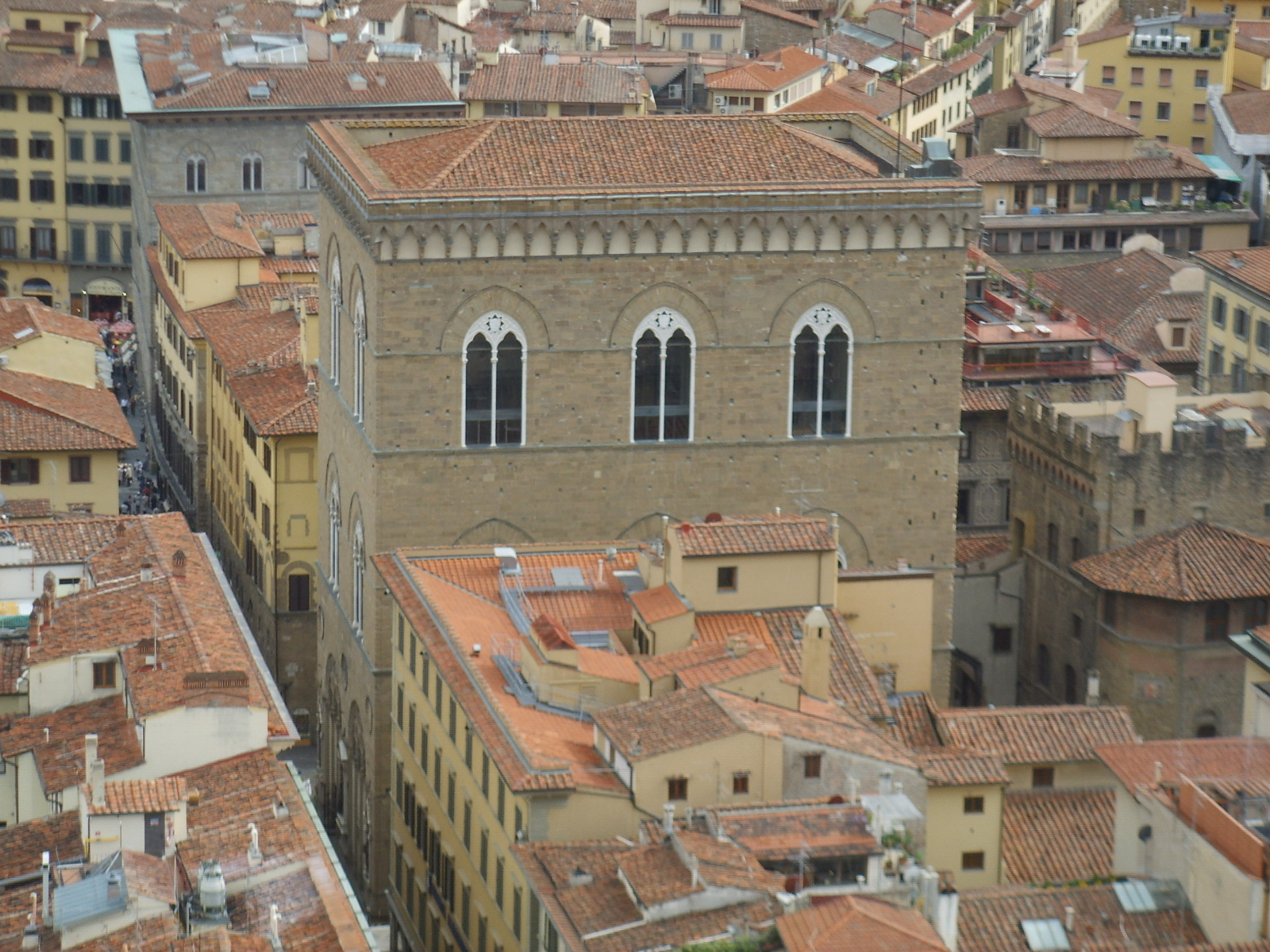Orsanmichele on:
[Wikipedia]
[Google]
[Amazon]
 Orsanmichele (; "Kitchen Garden of
Orsanmichele (; "Kitchen Garden of
The Orsanmichele MuseumNational Gallery of Art, exhibition Orsanmichelekhan academy video
{{Authority control Buildings and structures completed in 1337 14th-century Roman Catholic church buildings in Italy Roman Catholic churches in Florence Gothic architecture in Florence Sculpture galleries in Italy
St. Michael
Michael (; he, מִיכָאֵל, lit=Who is like El od, translit=Mīḵāʾēl; el, Μιχαήλ, translit=Mikhaḗl; la, Michahel; ar, ميخائيل ، مِيكَالَ ، ميكائيل, translit=Mīkāʾīl, Mīkāl, Mīkhāʾīl), also ...
", from the Tuscan contraction of the Italian word ''orto'') is a church
Church may refer to:
Religion
* Church (building), a building for Christian religious activities
* Church (congregation), a local congregation of a Christian denomination
* Church service, a formalized period of Christian communal worship
* Chri ...
in the Italian city of Florence
Florence ( ; it, Firenze ) is a city in Central Italy and the capital city of the Tuscany region. It is the most populated city in Tuscany, with 383,083 inhabitants in 2016, and over 1,520,000 in its metropolitan area.Bilancio demografico ...
. The building was constructed on the site of the kitchen garden of the monastery of San Michele which no longer exists.
Located on the Via Calzaiuoli in Florence, the church was originally built as a grain market in 1337 by Francesco Talenti
Francesco Talenti (''c''. 1300 – aft. 1369) was a Tuscan architect and sculptor who worked mainly in Florence after 1351. He is mentioned working at Orvieto Cathedral in 1325. In the 1350s he completed the two middle storeys of Giotto's Campani ...
, Neri di Fioravante, and Benci di Cione. Between 1380 and 1404, it was converted into a church used as the chapel of Florence's powerful craft and trade guilds. On the ground floor of the square building are the 13th-century arches that originally formed the loggia
In architecture, a loggia ( , usually , ) is a covered exterior gallery or corridor, usually on an upper level, but sometimes on the ground level of a building. The outer wall is open to the elements, usually supported by a series of columns ...
of the grain market. The second floor was devoted to offices, while the third housed one of the city's municipal grain storehouses, maintained to withstand famine or siege. Late in the 14th century, the guilds were charged by the city to commission statues of their patron saints to embellish the facades of the church. The sculptures seen today are copies, the originals having been removed to museums (see below).
Interior
Inside the church isAndrea Orcagna
Andrea di Cione di Arcangelo (c. 1308 – 25 August 1368), better known as Orcagna, was an Italian painter, sculptor, and architect active in Florence. He worked as a consultant at the Florence Cathedral and supervised the construction of the fa ...
's bejeweled Gothic
Gothic or Gothics may refer to:
People and languages
*Goths or Gothic people, the ethnonym of a group of East Germanic tribes
**Gothic language, an extinct East Germanic language spoken by the Goths
**Crimean Gothic, the Gothic language spoken b ...
Tabernacle (1355–59) encasing a repainting by Bernardo Daddi
Bernardo Daddi ( 1280 – 1348) was an early Italian Renaissance painter and the leading painter of Florence of his generation. He was one of the artists who contributed to the revolutionary art of the Renaissance, which broke away from the conve ...
's of an older icon of the "Madonna and Child".
Exterior
The facades held 14 architecturally designed external niches, which were filled from 1399 to around 1430. The three richest guilds opted to make their figures in the far more costly bronze, which cost approximately ten times the amount of the stone figures.Modern assessment
Orsanmichele's statuary is a relic of the fierce devotion and pride of Florentine trades, and a reminder that great art often arises out of a competitive climate. Each trade hoped to outdo the other in commissioning original, groundbreaking sculptures for public display on Florence's most important street, and the artists hired and materials used (especially bronze) indicate the importance that was placed on this site. Today, all of the original sculptures have been removed and replaced with modern duplicates to protect them from the elements and vandalism. The originals mainly reside in the museum of Orsanmichele, which occupies the upper floor of the church, and can be seen on every Monday, the only day when the museum is open. Two works byDonatello
Donato di Niccolò di Betto Bardi ( – 13 December 1466), better known as Donatello ( ), was a Florentine sculptor of the Renaissance period. Born in Florence, he studied classical sculpture and used this to develop a complete Renaissance st ...
are in other Florentine museums: ''St. George'' and its niche are in the Bargello
The Bargello, also known as the Palazzo del Bargello, Museo Nazionale del Bargello, or Palazzo del Popolo (Palace of the People), was a former barracks and prison, now an art museum, in Florence, Italy.
Terminology
The word ''bargello'' appear ...
, and ''St. Louis of Toulouse'' is in the museum of the Basilica di Santa Croce
The (Italian for 'Basilica of the Holy Cross') is the principal Franciscan church in Florence, Italy, and a minor basilica of the Roman Catholic Church. It is situated on the Piazza di Santa Croce, about 800 meters south-east of the Duomo. The ...
.
References
Bibliography
*Campbell. 2011. Italian Renaissance art. Farnborough: Thames & Hudson Ltd.External links
* * *The Orsanmichele Museum
{{Authority control Buildings and structures completed in 1337 14th-century Roman Catholic church buildings in Italy Roman Catholic churches in Florence Gothic architecture in Florence Sculpture galleries in Italy